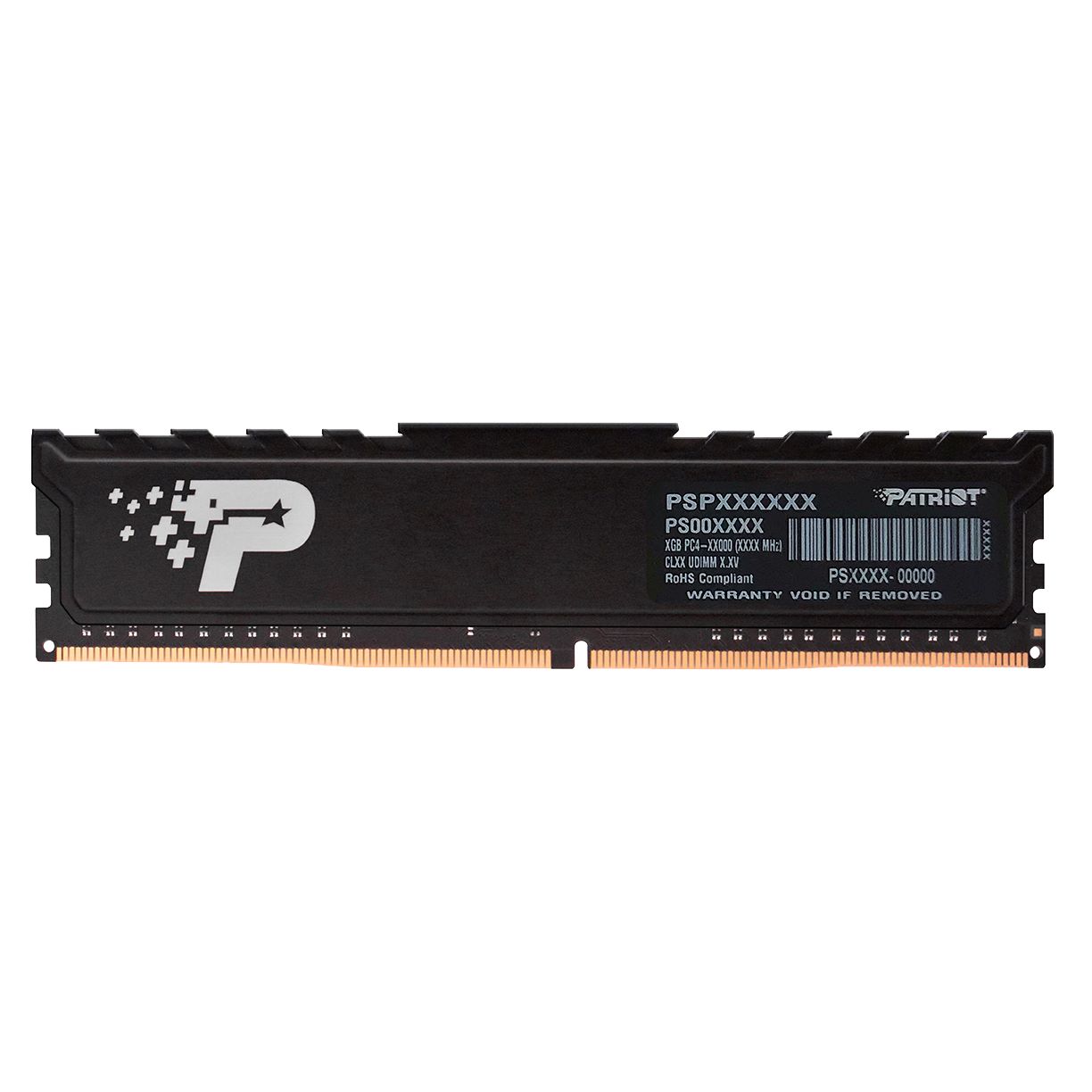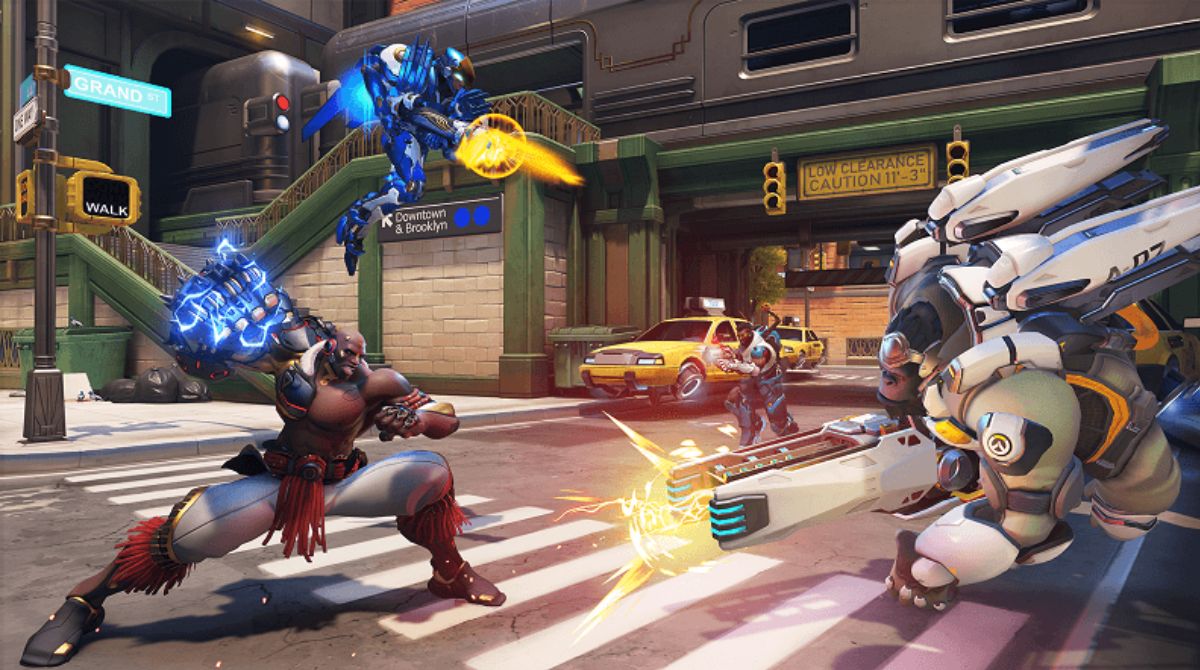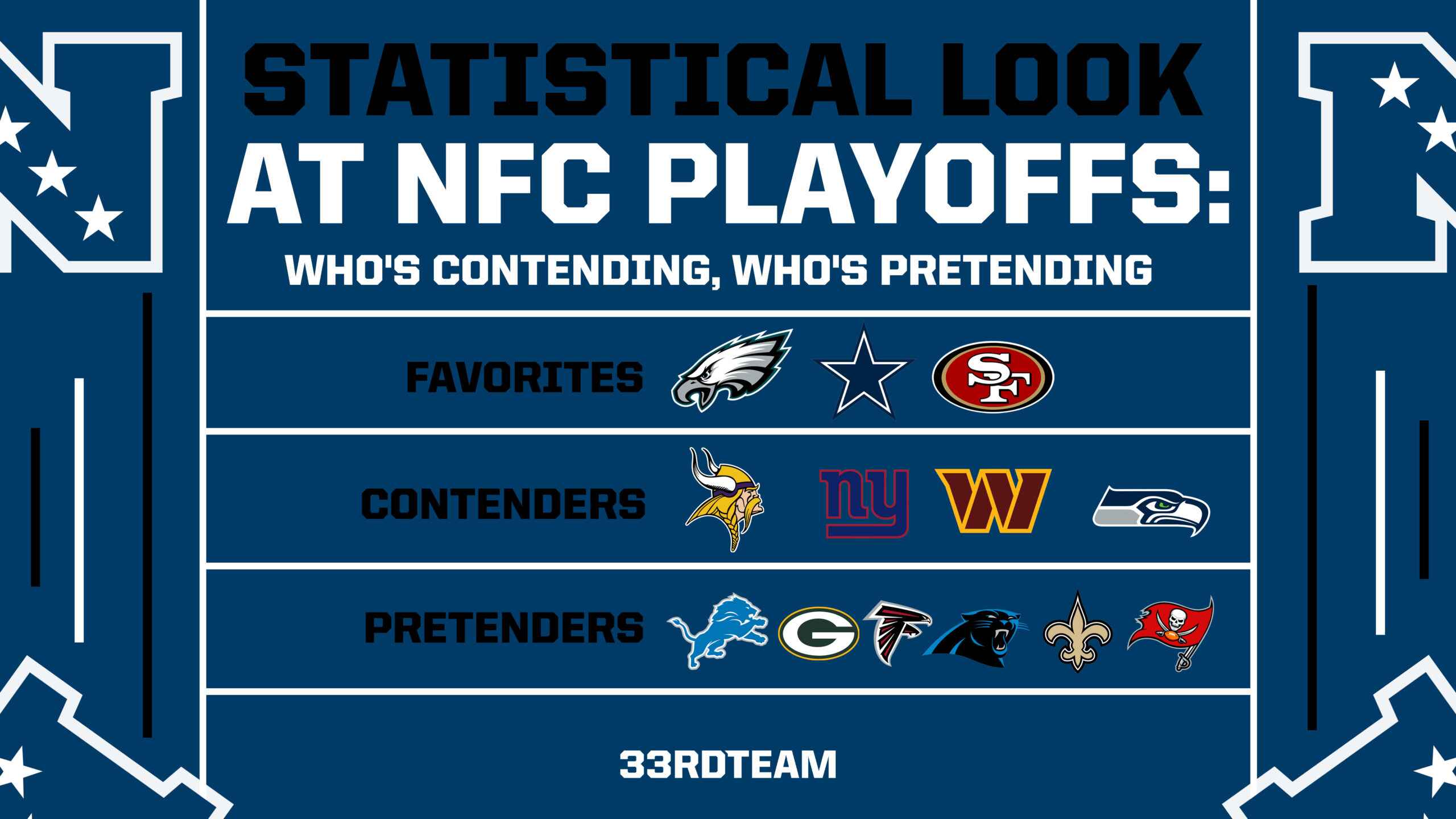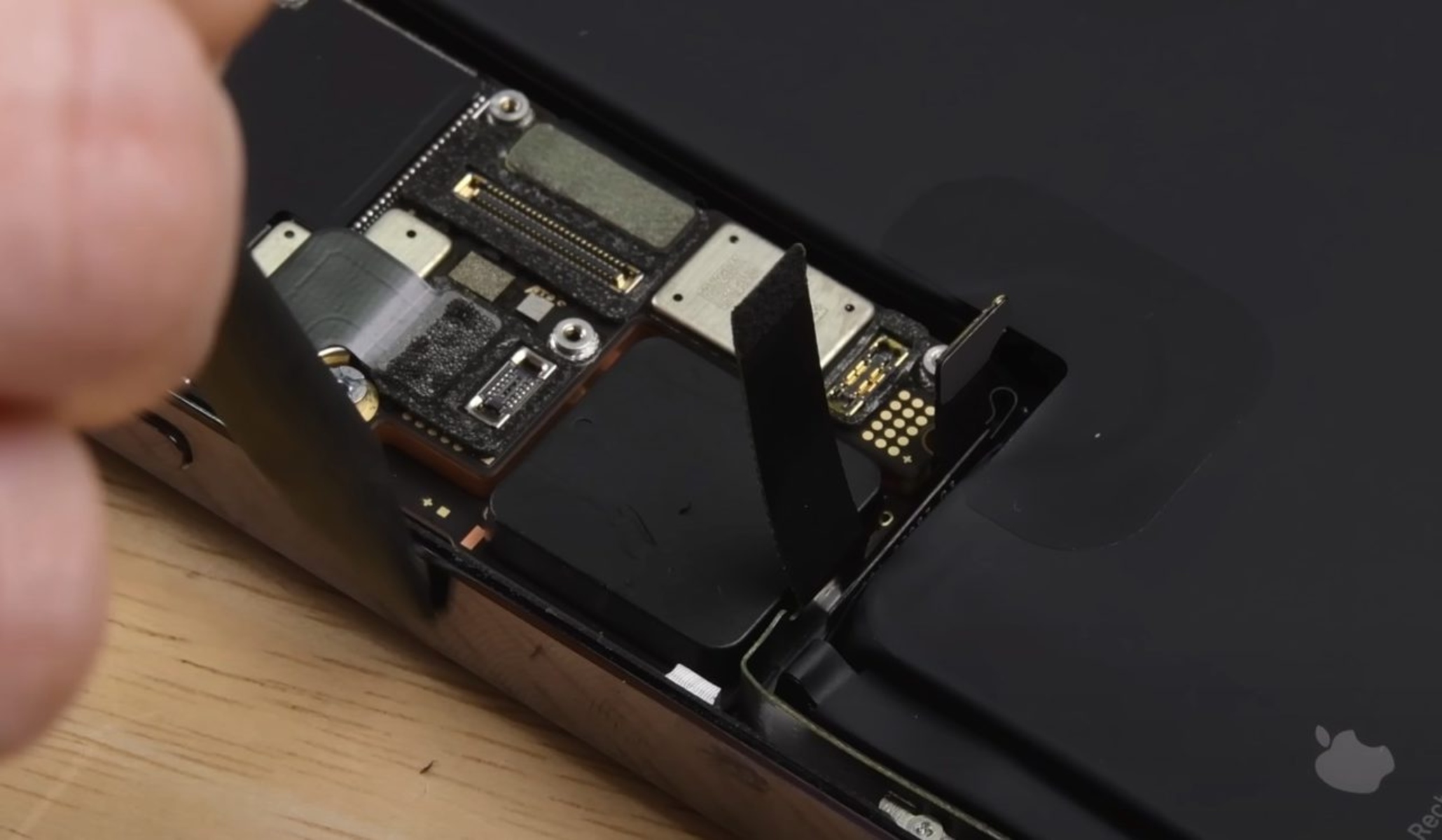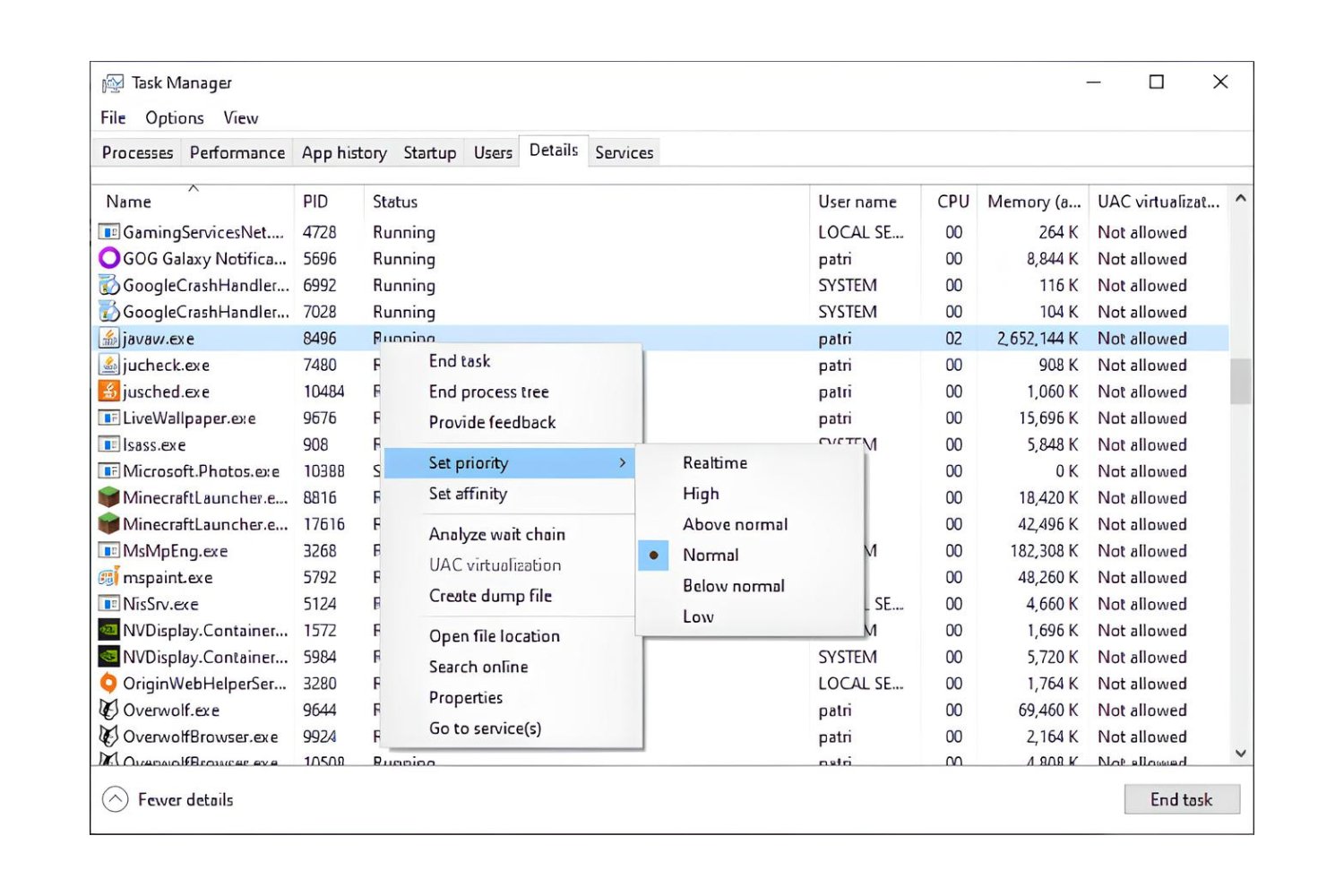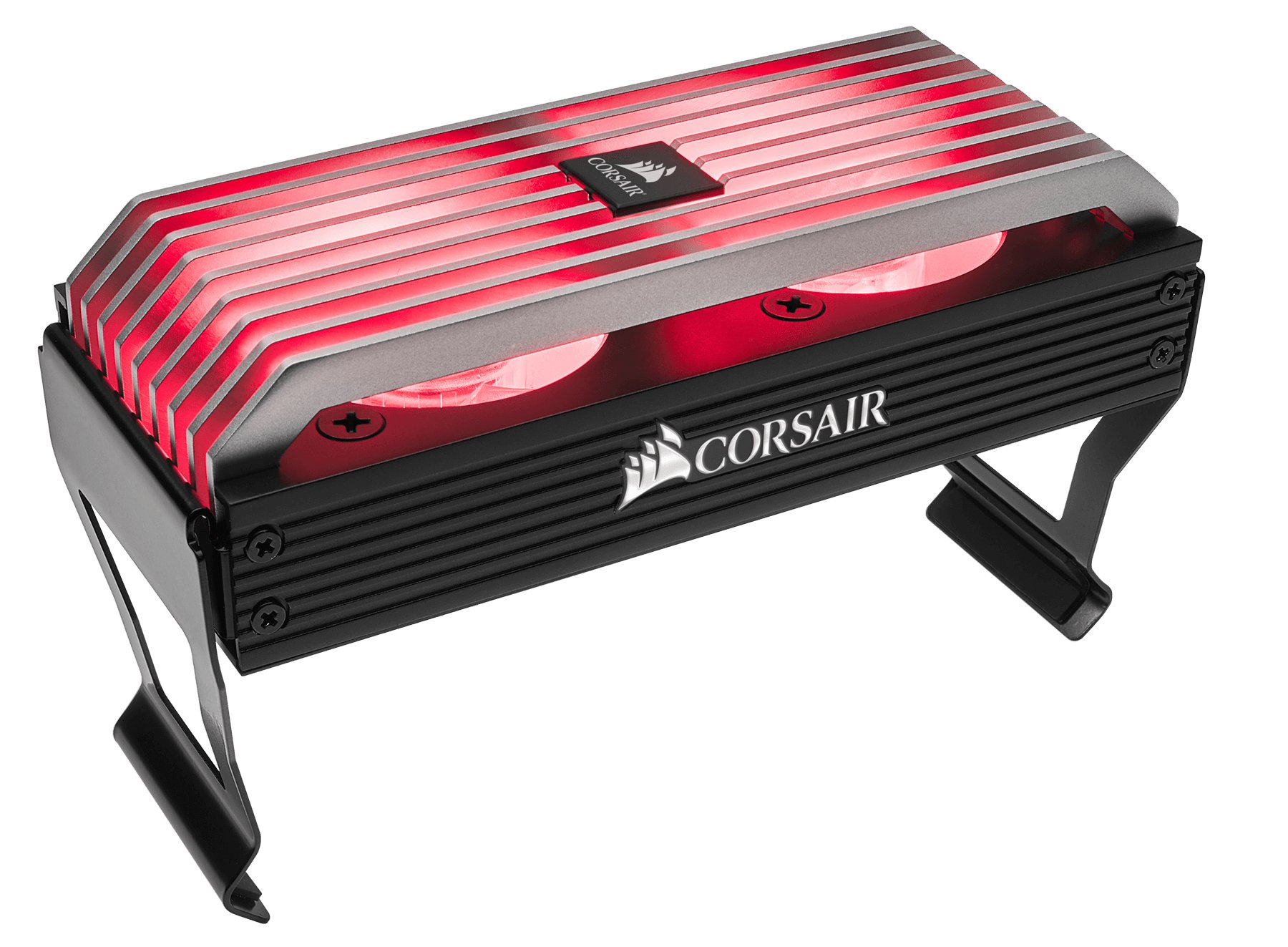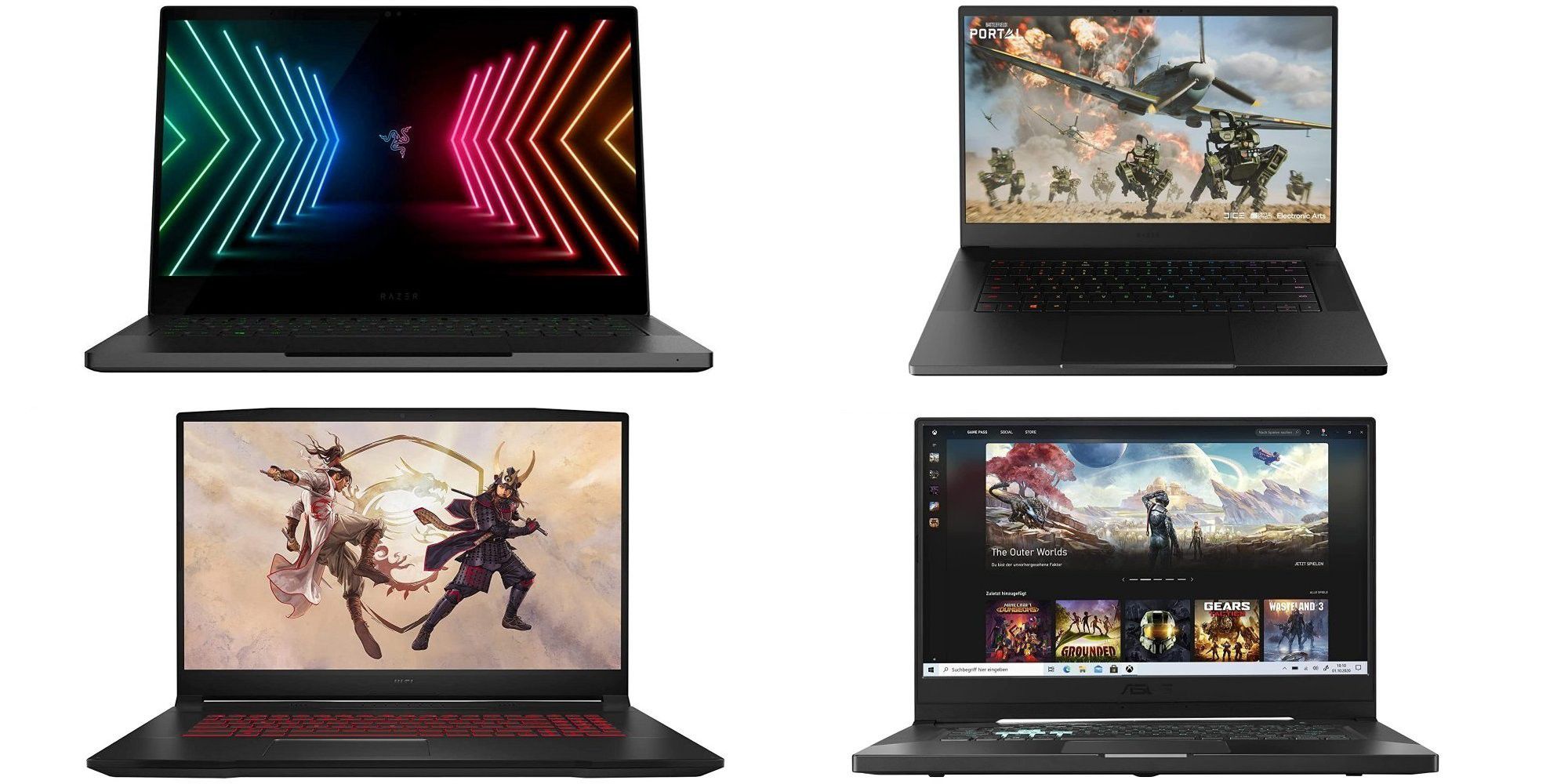Introduction
Welcome to the world of gaming, where battles are fought, adventures are embarked upon, and virtual worlds come to life. As a passionate gamer, you understand the importance of a smooth and seamless gaming experience. Nothing is more frustrating than laggy gameplay or slow loading times. One factor that greatly impacts gaming performance is the amount of RAM (Random Access Memory) available on your computer.
RAM plays a crucial role in the smooth running of games by storing and accessing data quickly. The more RAM you have, the more data your system can store temporarily, leading to faster loading times and better overall performance. However, many gamers find themselves wondering if there is a way to devote more RAM to games, optimizing their gaming experience and maximizing their entertainment.
In this article, we will explore various methods for dedicating more RAM to games, allowing you to unlock the full potential of your gaming rig. We will delve into adjusting Windows settings, closing unnecessary background processes, utilizing game boosters, allocating virtual memory, and even upgrading your RAM. By implementing these techniques, you can significantly enhance the performance of your favorite games and ensure a smoother and more immersive gameplay experience.
Before we dive into the methods, it is important to note that these strategies may have different effects depending on your computer’s specifications and the games you play. It is recommended to check the system requirements of your games and ensure that your computer meets or exceeds those specifications. This will help you determine if dedicating more RAM will make a noticeable difference in your gaming experience.
Now, let’s explore the various methods you can employ to devote more RAM to your games and boost your gameplay performance.
Understanding RAM
Before we delve into the methods of devoting more RAM to games, it is essential to have a basic understanding of what RAM is and how it impacts gaming performance. RAM, or Random Access Memory, is a crucial component of your computer’s hardware that serves as a temporary storage space for data that your system needs to access quickly.
When you launch a game, various resources such as textures, game assets, and data files need to be loaded into memory for smooth gameplay. The more RAM you have, the more resources can be stored in memory, allowing for faster loading times and reduced lag. Think of RAM as a desk that can hold multiple books—having a bigger desk (more RAM) means you can have more books (game resources) readily accessible without having to constantly shuffle them.
RAM stores data in small memory cells that can be quickly accessed by the processor, ensuring smooth and efficient data retrieval. Unlike your computer’s hard drive or solid-state drive (SSD), which are used for long-term storage, RAM offers faster read and write speeds, allowing for near-instantaneous access to data. This quick access to information is crucial for demanding applications like games, where data needs to be accessed in real-time to maintain a seamless gameplay experience.
The amount of RAM you have directly affects the performance of your games. Insufficient RAM can result in laggy gameplay, long loading times, and performance issues. On the other hand, having an ample amount of RAM can provide a smoother gaming experience with faster load times and improved overall performance. It is important to note that while dedicating more RAM to games can improve performance, it is not the sole factor influencing gameplay. CPU processing power, graphics card capability, and game optimization also play significant roles.
The RAM requirements for games can vary, with newer and more demanding titles requiring larger amounts of RAM. It is always a good idea to check the system requirements of your games to ensure that your computer meets or exceeds the recommended specifications. This will help you determine if dedicating more RAM to games will have a noticeable impact on performance.
Now that we have a clear understanding of what RAM is and how it affects gaming performance, let’s explore the methods you can use to devote more RAM to your games and enhance your gaming experience.
Checking System Requirements
Before diving into dedicating more RAM to games, it’s crucial to ensure that your computer meets the minimum system requirements for the game you want to play. Game developers specify these requirements to ensure that their game runs smoothly on different systems. Checking the system requirements helps you determine if your computer has the necessary hardware to handle the game and whether upgrading your RAM will be beneficial.
To check the system requirements for a game, follow these steps:
- Visit the official website or Steam page of the game.
- Look for a section titled “System Requirements,” “Minimum Requirements,” or something similar.
- Check the minimum and recommended specifications for RAM. Typically, the minimum requirement will be mentioned, but it is recommended to aim for at least the recommended amount of RAM for optimal performance.
If your current RAM meets or exceeds the recommended specifications, you may not need to devote additional RAM to the game. However, if your RAM falls short, or you want to ensure the best possible performance, continue following the methods outlined in this article.
Keep in mind that these requirements are the minimum specifications, and having more RAM than the recommended amount can further enhance your gaming experience. Additionally, certain games may have specific RAM requirements based on their complexity and resource demands. Therefore, it’s essential to consider the specific requirements of the game you plan to play.
Checking system requirements is a vital step as it helps you set realistic expectations for performance and determine if dedicating more RAM to games is necessary. It ensures that you invest your time and resources wisely, focusing on optimizing games that can truly benefit from a RAM boost.
Now that we have confirmed the system requirements, let’s explore the methods you can use to devote more RAM to your games and elevate your gaming experience.
Adjusting Windows Settings
Now that you have checked the system requirements and confirmed that your computer meets or exceeds the minimum specifications for the game you want to play, it’s time to optimize your Windows settings to better allocate your existing RAM to games. By adjusting certain settings, you can ensure that your computer prioritizes resources for gaming, resulting in improved performance. Here are a few key Windows settings you can tweak:
- Power Options: Access the Power Options settings in the Control Panel or the Windows Settings app. Choose the “High Performance” power plan, as it prioritizes performance over power savings. This setting ensures that your computer utilizes maximum system resources, including RAM, for gaming purposes.
- Visual Effects: Adjusting the visual effects in Windows can have a significant impact on RAM usage. Go to the Control Panel and open the System Properties. Click on “Advanced system settings” and under the Performance section, click on “Settings.” Choose the “Adjust for best performance” option or manually disable specific visual effects to reduce the strain on your RAM.
- Background Apps: Windows operating systems have a multitude of background apps and processes that can consume valuable system resources, including RAM. Go to the Windows Settings app and navigate to “Privacy” and then “Background Apps.” Disable unnecessary apps that run in the background, especially those that are not essential for gaming.
- Startup Programs: Many programs automatically start when you boot up your computer, consuming system resources, including RAM. Open the Task Manager (Ctrl + Shift + Esc) and go to the “Startup” tab. Disable any programs that you don’t need to start automatically, freeing up RAM for gaming.
By adjusting these Windows settings, you can optimize your computer’s resource allocation, ensuring that a significant portion of your RAM is available for games. These changes can help improve game performance and reduce lag by minimizing unnecessary background tasks and maximizing system resources.
Remember to restart your computer after making these adjustments to apply the changes effectively. It’s also a good idea to test your games after making these optimizations to determine if there is a noticeable improvement in performance.
Now that we have optimized Windows settings, let’s explore more methods to devote more RAM to games and further enhance your gaming experience.
Closing Background Processes
When you run a game, your computer simultaneously runs various background processes and applications that can consume valuable system resources, including RAM. Closing unnecessary background processes can help free up RAM and ensure that a larger portion of your system’s memory is available for gaming. Here are a few steps you can take to close background processes:
- Task Manager: Open the Task Manager by pressing Ctrl + Shift + Esc or right-clicking on the taskbar and selecting “Task Manager.” In the Processes or Details tab, you will see a list of all running processes and the amount of system resources they are consuming. Identify any resource-intensive processes that are not essential for gaming and end them. However, exercise caution when closing processes, as terminating critical system processes can cause instability.
- Disable Startup Programs: As mentioned earlier, some programs automatically start when you boot up your computer. These programs consume system resources, including RAM, even when you’re not using them. To disable startup programs, open the Task Manager, go to the “Startup” tab, and disable any unnecessary programs. This prevents them from launching and using resources in the background.
- Background Services: In addition to processes and startup programs, Windows also has background services that consume system resources. To manage services, open the Run dialog box by pressing Win + R, type “services.msc,” and hit Enter. This will open the Services window. Identify any non-essential services, right-click on them, and select “Stop” or “Disable” to prevent them from running in the background.
Closing unnecessary background processes can significantly free up RAM and improve gaming performance. However, it’s important to strike a balance and avoid terminating critical system processes, as this can lead to system instability or crashes. Always research unfamiliar processes or seek guidance before closing them to ensure the stability and integrity of your operating system.
Remember to close resource-intensive applications like web browsers, file transfer applications, or media players before launching your game. These applications consume both RAM and CPU resources and can impact game performance if running in the background.
By closing background processes, disabling startup programs, and managing background services, you can maximize the amount of available RAM for your games. This optimization step can contribute to smoother gameplay, reduced lag, and an overall enhanced gaming experience.
Now that we have closed unnecessary background processes, let’s explore more methods to dedicate more RAM to games and further elevate your gaming performance.
Using a Game Booster
A game booster is a software tool specifically designed to optimize system performance for gaming. These tools work by temporarily shutting down unnecessary background processes, prioritizing system resources for the game, and making other system tweaks to enhance gaming performance. Using a game booster can help you dedicate more RAM to games and ensure a smoother gameplay experience. Here’s how you can utilize a game booster:
- Research and Choose a Game Booster: There are numerous game boosters available in the market, both free and paid. Take some time to research and choose a game booster that suits your needs and is compatible with your system. Look for features such as RAM optimization, process management, and system performance enhancements.
- Install and Run the Game Booster: Download the game booster software from the official website or a trusted source. Install it on your computer and launch the program. Most game boosters have a user-friendly interface that guides you through the optimization process.
- Configure Game Booster Settings: Once the game booster is running, you can typically customize the settings to optimize your gaming experience. These settings may include options to close unnecessary processes, free up RAM, disable non-essential services, and tweak system performance to prioritize the game.
- Launch your Game through the Game Booster: To ensure that the game booster optimizes your gaming experience, launch your game through the game booster interface. This allows the software to apply the necessary optimizations and dedicate more system resources, including RAM, to the game.
A game booster can provide a convenient and easy-to-use solution for optimizing your system for gaming. By utilizing a game booster, you can streamline your processes, free up RAM, and enhance overall system performance while gaming.
Remember, while game boosters can be effective in improving gaming performance, the results may vary depending on your system configuration, game requirements, and other factors. It’s always a good idea to monitor the impact of the game booster on your gaming experience and make adjustments accordingly.
Now that we have explored using a game booster to optimize gaming performance, let’s move on to another method to devote more RAM to games and further enhance your gameplay.
Allocating Virtual Memory
Virtual memory, also known as the page file, is a section of your computer’s hard drive that acts as an extension of physical RAM. By default, Windows manages the size of the virtual memory automatically, but manually adjusting the virtual memory settings can help dedicate more virtual memory to games and improve their performance. Here’s how you can allocate virtual memory:
- Access the Virtual Memory Settings: Open the Control Panel and navigate to the System and Security section. Under the System category, click on “Advanced system settings.” In the System Properties window, go to the “Advanced” tab and click on the “Settings” button under the Performance section.
- Adjust the Virtual Memory Settings: In the Performance Options window, go to the “Advanced” tab. Under the Virtual Memory section, click on the “Change” button.
- Customize the Virtual Memory Size: In the Virtual Memory window, you will see the options for managing the virtual memory. By default, “Automatically manage paging file size for all drives” is selected. However, you can choose to customize the settings by selecting “Custom Size.”
- Specify the Virtual Memory Size: Enter the initial and maximum size for the virtual memory in megabytes (MB). It is recommended to set the initial and maximum size to the same value to prevent Windows from constantly adjusting the page file size.
- Allocate More Virtual Memory: Increase the size of the virtual memory to allocate more space for your games. The exact size depends on your system’s RAM and the requirements of the games you play. It is generally recommended to set the virtual memory size to 1.5 times the amount of physical RAM, up to a maximum of 4GB.
- Apply the Changes: Click on the “Set” button to apply the changes to the virtual memory settings. Restart your computer for the changes to take effect.
By allocating more virtual memory to your games, you expand the available memory space and minimize the need for your computer to rely solely on physical RAM. This can improve the performance of games that require a large amount of memory and help reduce lag and loading times.
It’s important to note that virtual memory implementation may vary depending on your operating system and configuration. Additionally, setting the virtual memory size too high or too low can have adverse effects on system performance. It’s recommended to monitor your system’s performance after adjusting the virtual memory settings and make further adjustments if necessary.
Now that we have explored allocating virtual memory, let’s move on to another method to devote more RAM to games and boost your gaming experience.
Upgrading RAM
If you have exhausted all other methods and still find that your gaming performance is not up to par, upgrading your RAM may be necessary. Upgrading RAM involves physically adding more memory modules to your computer, providing a larger pool of RAM for your system to utilize. Here’s what you need to know about upgrading RAM:
- Identify Compatibility: Before upgrading your RAM, it’s crucial to determine the type and speed of RAM that is compatible with your computer. Check your computer’s documentation or visit the manufacturer’s website to find information on the supported RAM specifications.
- Determine Current RAM Configuration: Find out how many RAM slots are available in your computer and how many of them are occupied. This will help you determine the available slots for adding more RAM.
- Choose the Right RAM Modules: Once you know the compatibility and available slots, you can choose the right RAM modules for your upgrade. Consider the required capacity, speed, and type of RAM that will best suit your gaming needs.
- Install the New RAM Modules: Shut down your computer and disconnect the power source. Open the computer case, locate the RAM slots, and carefully insert the new RAM modules into the available slots. Ensure they are securely seated and aligned correctly.
- Boot Up and Verify: After installing the new RAM modules, close the computer case, reconnect the power source, and boot up the computer. Check your computer’s system settings or use a diagnostic tool to verify that the new RAM has been recognized and is functioning properly.
Upgrading your RAM can significantly improve gaming performance by providing more memory for your system to utilize. With additional RAM, your computer can hold more game assets and data in memory, resulting in faster loading times, smoother gameplay, and reduced lag.
It’s worth noting that while upgrading RAM can be an effective solution for improving gaming performance, it may not always be necessary or feasible for all users. Factors such as cost, hardware limitations, and compatibility should be considered before deciding to upgrade RAM. It’s recommended to consult with a computer technician or knowledgeable professional if you have any doubts or concerns.
Now that we have explored the option of upgrading RAM, let’s move on to the concluding section and summarize the key takeaways from this article.
Conclusion
In conclusion, devoting more RAM to games is a key step in optimizing your gaming experience. By ensuring that your computer has an ample amount of RAM available, you can reduce lag, improve loading times, and enjoy a smoother gameplay experience. Throughout this article, we have explored various methods to dedicate more RAM to games, including adjusting Windows settings, closing background processes, using a game booster, allocating virtual memory, and upgrading RAM.
Adjusting Windows settings, such as power options, visual effects, and background apps, can help prioritize system resources like RAM for gaming purposes. Closing unnecessary background processes and disabling startup programs can also free up valuable RAM. Additionally, utilizing a game booster can streamline processes and allocate more resources to games. Allocating virtual memory allows for an expansion of available memory space, giving games more room to operate. Lastly, upgrading RAM is a more permanent solution that increases the physical memory capacity of your computer.
However, it is important to note that the effectiveness of these methods may vary depending on individual system configurations, game requirements, and other factors. Monitoring the impact of these optimizations on your gaming experience and making adjustments accordingly is essential.
Before implementing these methods, remember to check the system requirements of your games to determine if dedicating more RAM will make a significant difference. It’s also crucial to consider the cost and compatibility of hardware upgrades before deciding to upgrade your RAM.
In conclusion, dedicating more RAM to games can greatly enhance your gaming experience by improving performance, reducing lag, and ensuring smoother gameplay. By following the methods outlined in this article and adapting them to your specific needs, you can optimize your system’s resources and unlock the full potential of your gaming rig.
Now it’s time to apply these methods and enjoy an enhanced gaming experience. Happy gaming!










